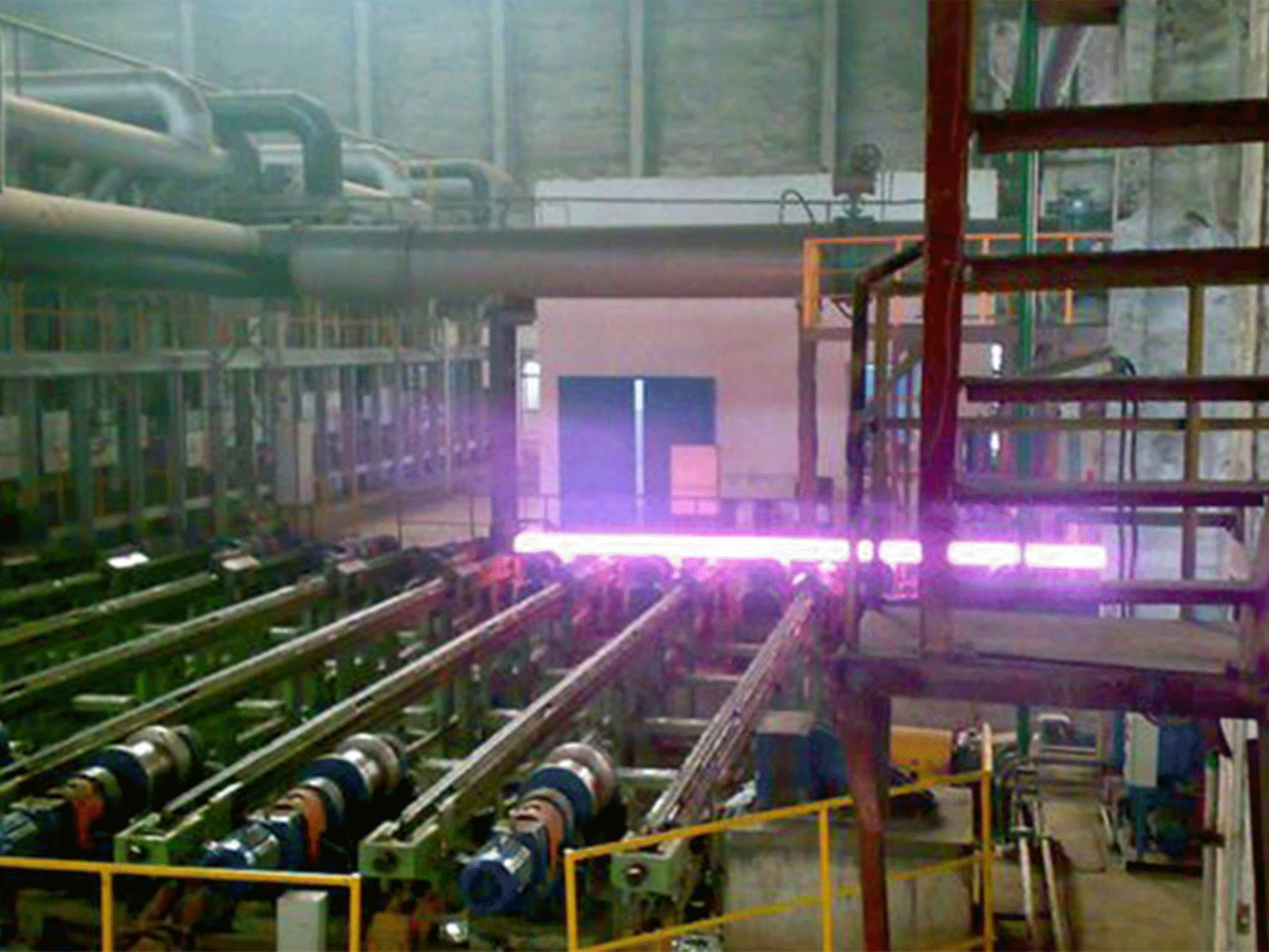A Single Regenerative Heating Furnace is a type of industrial furnace that is used for heating materials such as metals, glass, and ceramics to high temperatures. It uses a regenerative heating process to improve energy efficiency and reduce operating costs.
In a single regenerative heating furnace, the fuel and air are preheated before they enter the furnace, which helps to reduce the amount of energy required to heat the materials being processed. The furnace contains a regenerator, which is a chamber that alternates between absorbing and releasing heat during the heating process. The regenerator stores heat from the hot exhaust gases leaving the furnace and uses it to preheat the incoming fuel and air.
They are commonly used in industries such as steel manufacturing, glass production, and ceramic processing. They are typically designed to operate at high temperatures, ranging from 800°C to over 1600°C, depending on the application.
The working principle of single regenerative heating furnace:
The working principle of a single regenerative heating furnace involves a process of preheating and heating the materials being processed using a regenerative cycle. Here are the steps involved in the working principle of a single regenerative heating furnace:
- Preheating: The fuel and air are preheated before they enter the furnace. This is done by passing them through a regenerator that stores heat from the hot exhaust gases leaving the furnace.
- Combustion: The preheated fuel and air are then mixed and ignited inside the furnace, creating a flame that heats the materials being processed.
- Regenerative cycle: As the hot exhaust gases leave the furnace, they pass through the regenerator, which absorbs heat from them. The regenerator then releases this stored heat back to the incoming fuel and air, preheating them for the next combustion cycle.
- Material processing: The heated materials are processed inside the furnace according to the desired specifications.
- Cooling: Once the processing is complete, the furnace is cooled down, and the materials are removed.
The characteristics
Here are some characteristics of a single regenerative heating furnace:
- Efficiency: A single regenerative heating furnace is highly efficient because it recovers waste heat from the exhaust gases and uses it to preheat the combustion air. This results in significant energy savings and lower operating costs.
- High temperatures: Single regenerative heating furnaces are capable of achieving very high temperatures, making them suitable for heating and melting materials that require high temperatures.
- Uniform heating: The regenerative cycle ensures that the air and fuel are preheated evenly, resulting in uniform heating of the material being heated.
- Low emissions: The use of preheated air in the combustion process results in lower emissions of pollutants such as NOx and CO.
- Maintenance: Single regenerative heating furnaces require regular maintenance to ensure efficient operation. This includes cleaning of the heat exchangers and replacement of worn-out parts.


